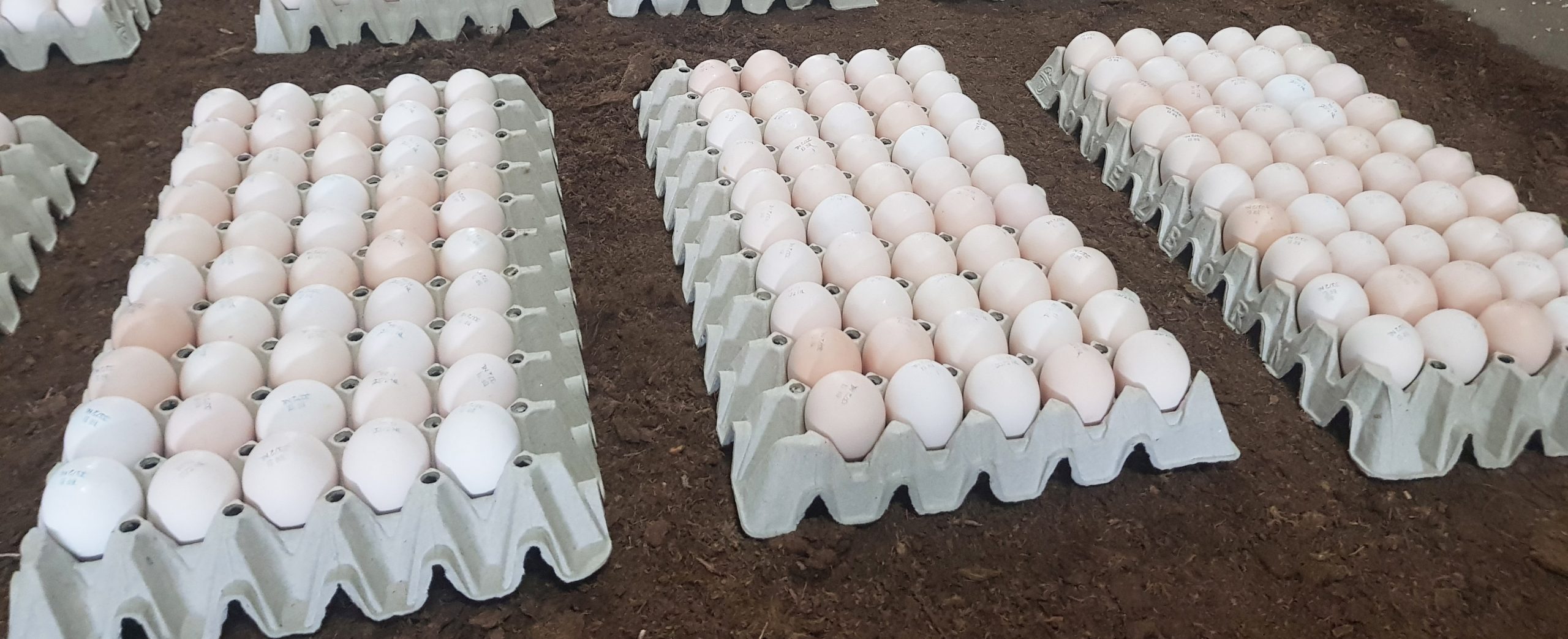If there is something that hatcheries and farmers are concerned about, it is cross-contamination. When designing the One2Born hatchholder, conscious choices were made that minimize the risk of cross-contamination. Specifically, for the transfer of the ESBL-bacterium, the University of Wageningen researched the chance of cross-contamination with the One2Born where chicks were born in the houses and compared this with the traditional process. But what are those ESBL-bacteria and how do they get transmitted?
The ESBL-bacterium (Extended Spectrum Beta-Lactamase) is an enzyme that can break down certain types of antibiotics. Although the term ‘ESBL’ actually refers to the enzyme, the term is used in practice to indicate the bacterium itself. If a chick carries this bacterium, it can become resistant to antibiotics and therefore can not be treated for infections where antibiotics are necessary. The same applies to humans: once infected, treatment of other infections is made far more difficult. Worldwide there has been an increase in ESBL-producing bacteria as a cause of infections for several years, which we obviously do not want to contribute to with the One2Born hatchholders.
In traditional incubators, cross-contamination always takes place due to heat in combination with forced air and moisture. Down, dust and residues from unwanted rotten eggs that burst also affect this. Because the One2Born 3.0 is sterile and the eggs are transported sealed, the chance of transferring bacteria from the hatchery to the farmer is minimal. This is also apparent from research by hatchery researcher Sander Lourens (Wageningen Livestock Research) and ESBL-specialist Kees Veltman (Wageningen Bioveterinary Research). They have carried out a practical test in which chicks were born in the house on the One2Born system, compared with chicks that traditionally were born in the hatchery and were then transported to the same house as one day old chicks. This study also showed that the chicks transported on the One2Born hatchholders have a higher chance of survival and that only ESBL-bacteria resulting from vertical contamination were observed, not as a result of cross-contamination. The One2Born 3.0 hatchholder is therefore safe, durable and ESBL-free!

